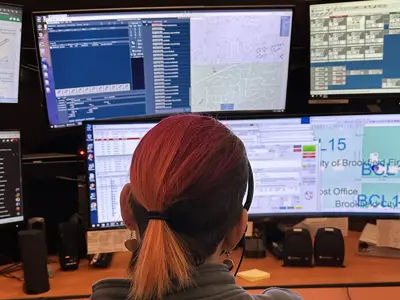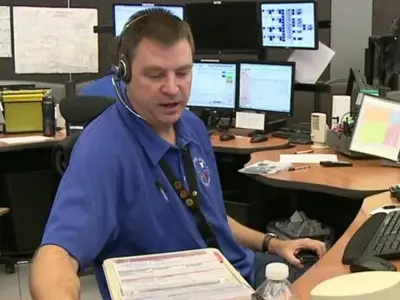9-1-1 FAQS


9-1-1, what's the address of the emergency?
Okay, tell me exactly what happened.
When Should I call 911?
Our telecommunicators are dedicated to handling emergencies and ensuring the safety and well-being of our community. Understanding when it is appropriate to use this service is crucial for efficient response and resource allocation. Here are some key examples of when to call 9-1-1:
When Not to Call 9-1-1: Save 9-1-1 for True Emergencies
The 9-1-1 system is a crucial service designed to help individuals in urgent and life-threatening situations. Using it appropriately ensures that emergency responders can attend to those who need immediate assistance. Here are some key examples of when not to call 9-1-1:
Additional FAQ's


Non-Emergency Phone Number































